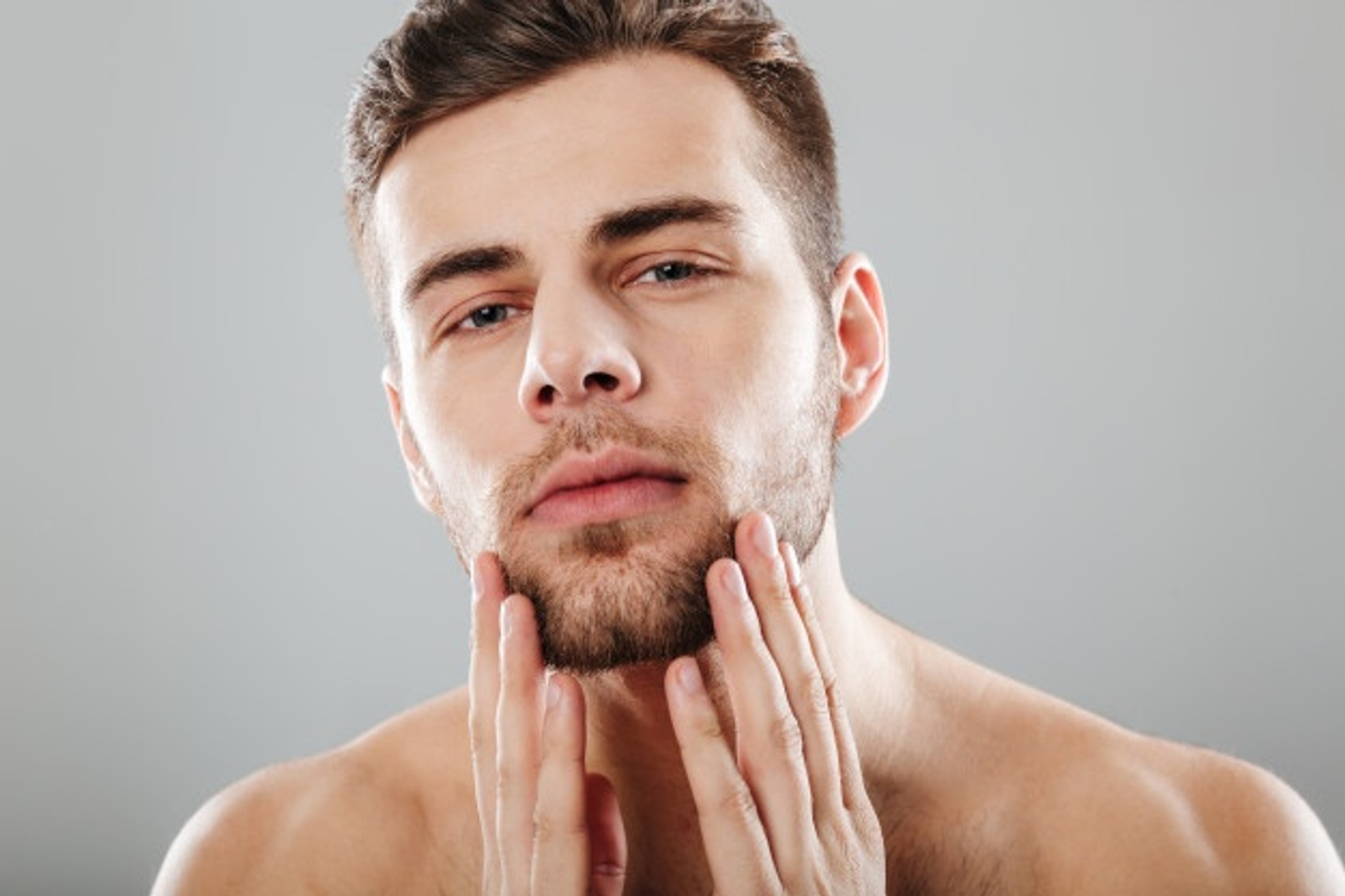
Mustache and Beard Transplant
Some men’s hair follicles can grow denser, coarser beards than others. Unfortunately, not all men have adequate facial hair because of various reasons such as genetic, age, ethnicity, previous hair removal treatments, low testosterone levels, or a lack of sensitivity to testosterone.
Androgenic alopecia is one of the most common reasons that men lose hair as they get older. Dihydrotestosterone (DHT) is a hormone, derived from testosterone that triggers the development of male characteristics and is linked to hair loss and other health issues. High levels of androgens, including DHT, can shrink your hair follicles as well as shorten this cycle. DHT gets converted in the hair follicle to a more potent. Some hair follicles have receptors on them that are very sensitive to this higher form of testosterone, dihydrotestosterone, and that will stimulate hair growth.
The best implant candidates
- Absence of hair or low density from birth with spaces in the beard.
- In scarring hair loss due to: burns, injuries from traffic accidents, as a consequence of acne, correction of cleft lip, or any other surgery, etc.
Mustache and beard transplantation surgery is performed just like a hair transplant operation for the scalp and uses the same donor areas that are used in hair transplants.
Hair can be harvested using either the FUT or FUE method. Choosing the right surgery option is depending on the size of the scar that needs to be covered. Typically, scars have less blood supply and lower growth potential. After the Mustache and beard transplantation surgery transplanted hair should start growing 3 to 4 months and should improve in growth up to 12 months post-procedure or longer.
The facial region of the beard
- The upper lip: mustache
- Chin region: In the chin region, we can distinguish a) the outer (lateral) pillars and b) the inner (medial) pillar
- Genian area: beard of the cheek
- Descending section of the jaw: sideburns
To perform hair transplantation in the facial area requires an experienced plastic surgeon in order to obtain natural and satisfactory results. Our hair plastic surgeons have countless transplant experiences. They use a very extensive array of enhancement technologies that promote graft survival and truly help with the growth of hairs in these areas.
Read More

Plastic Surgery
We provide individualized cosmetic and reconstructive plastic surgery services affordable and accessible to all of our visitors.

Privacy Policy
The personal data and the contact form data that you provide will be sent automatically and exclusively to our administrative staff at Estefulya clini...